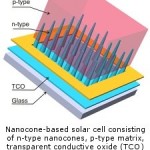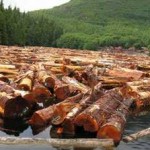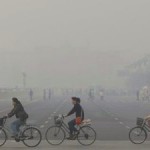“For a long time, it has been unclear to the research community why climate models were unable to replicate the observed changes in the atmospheric wind structure,” said Reichler, who was not involved in the study. “This work demonstrates now in very convincing ways that changes in the amount and distribution of tiny absorbing particles in the atmosphere are responsible for the observed changes. Since previous model simulations did not account properly for the effects of these particles on the atmosphere, this work provides a surprisingly simple but effective answer to the original question.”
 Allen, who conceived the research project and designed the study, was joined in the research by Steven C. Sherwood at theUniversity of New South Wales, Australia;Joel Norris at the Scripps Institution of Oceanography, San Diego; and Charles S. Zender at UC Irvine.
Allen, who conceived the research project and designed the study, was joined in the research by Steven C. Sherwood at theUniversity of New South Wales, Australia;Joel Norris at the Scripps Institution of Oceanography, San Diego; and Charles S. Zender at UC Irvine.
Next, the research team will study the implications of the tropical expansion from a predominantly hydrological perspective.
“The question to ask is how far must the tropics expand before we start to implement policies to reduce the emissions of greenhouse gases, tropospheric ozone and black carbon that are driving the tropical expansion?” said Allen, who joined UCR in 2011.
UCR start-up funds to his lab supported the study.
Details of the Study:
Source: By Iqbal Pittalwala, University of California, Riverside.














